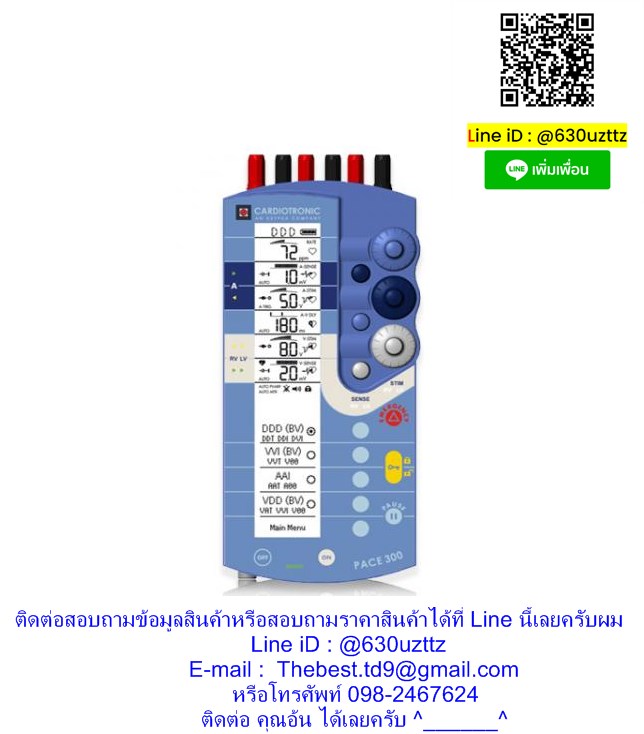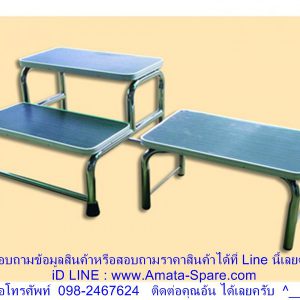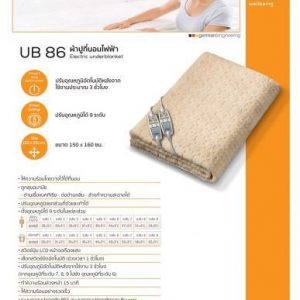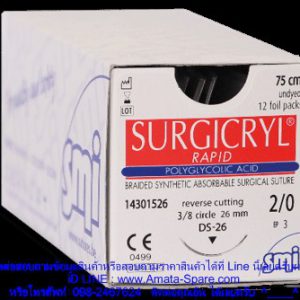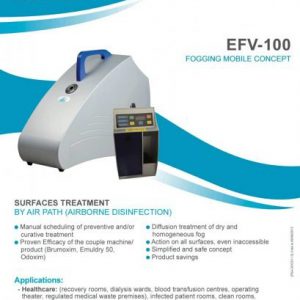รายละเอียดเพิ่มเติม
OSYPKA Medical® – PACE 300
Three Chamber Temporary Cardiac Pacemaker
Product Description:
The PACE 300™ is the world’s first three-chamber temporary cardiac pacemaker featuring biventricular (biV) pacing capability. The PACE 300 temporary cardiac pacemaker is designed to be used with cardiac pacing lead systems for temporary atrial, ventricular, A-V sequential, or biV pacing. The PACE 300 has applications where such pacing modes are indicated for therapeutic or prophylactic purposes.
The novel technology and pacing options of the PACE 300 makes it the only choice for biV temporary pacing in the OR, ICU, and for electrophysiology studies:
Three dedicated pacing terminals
Fast access to three, dual, or single chamber pacing modes
Auto Sense function automatically tracks P/R wave amplitudes and adjust atrial and ventricular sensitivities accordinglyIntuitive User Interface
The user friendly interface of the PACE 300 allows for effortless patient management for atrio-ventricular synchronous pacing supplemented by two individually programmable ventricular pacing channels and a programmable inter-ventricular delay (VVD). The dedicated pacing terminals allow for untangled and easy identification of pacing leads into the heart, as well as having dedicated dial knobs to set individual amplitude and sensitivity settings for each chamber.
Improvement of Using Cardiac Output and Biventricular Pacing Post-Cardiac Surgery
Recent clinical publications have shown the added benefit in using temporary biventricular pacing, as opposed to standard dual chamber pacing in post-cardiac surgery patients.1,2,3 Furthermore, the optimization of temporary biV pacing has been shown to help treat patients with low output states.4,5
The increasing evidence pointing to benefits such as decreased morbidity and mortality rates in post cardiac surgery patients creates the perfect platform for the PACE 300.
Specifications
Dimensions 212 mm x 96 mm x 51 mm
(8.3” x 3.8” x 2.0”)
Weight 490 g (1.08 lb) including battery
Battery Alkaline: 4 days (9.0V)
Basic Rate 30 – 220 ppm
High Pacing Rate 70 – 1000 ppm
Stimulation Amplitude 0.1 – 18 V
Pulse Width 0.05 – 1.5 ms
Sensitivity Atrial: 0.2 – 20 mV
Ventricular: 1.0 – 20 mV
Refractory Period Atrial: 250 ms
Ventricular: 250 ms
Pacing Modes Primary: DDD (BV, R, L), VVI (BV, R, L), AAI, VDD (BV, R, L)
Secondary: D00 (BV, R, L), V00 (BV, R, L), A00, DVI (BV, R, L), DAI (BV, R, L), VAT (BV, R, L), AAT, DDD+AT (BV, R, L), DAT (BV, R, L), DDI (BV, R, L)
1 Flynn et al. Temporary left ventricular pacing improves haemodynamic performance in patients requiring epicardial pacing post cardiac surgery. Eur J Cardiothorac Surg. 2005 Aug;28(2):250-3. http://www.ncbi.nlm.nih.gov/pubmed/15923120
2 Dzemali et al. Perioperative biventricular pacing leads to improvement of hemodynamics in patients with reduced left-ventricular function–interim results. Pacing Clin Electrophysiol. 2006 Dec;29(12):1341-5. http://www.ncbi.nlm.nih.gov/pubmed/17201840
3 Wang et al. Optimized temporary biventricular pacing acutely improves intraoperative cardiac output after weaning from cardiopulmonary bypass: a substudy of a randomized clinical trial. J Thorac Cardiovasc Surg. 2011 Apr;141(4):1002-8, 1008.e1. Epub 2010 Aug 30. http://www.ncbi.nlm.nih.gov/pubmed?term=Optimized%20temporary%20biventri…

